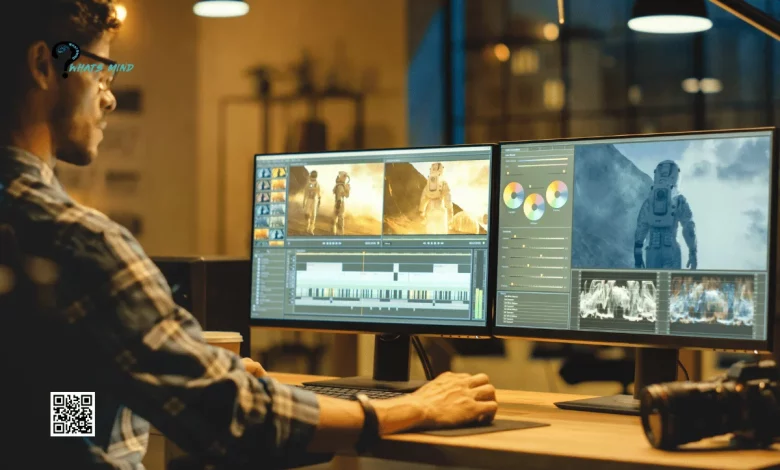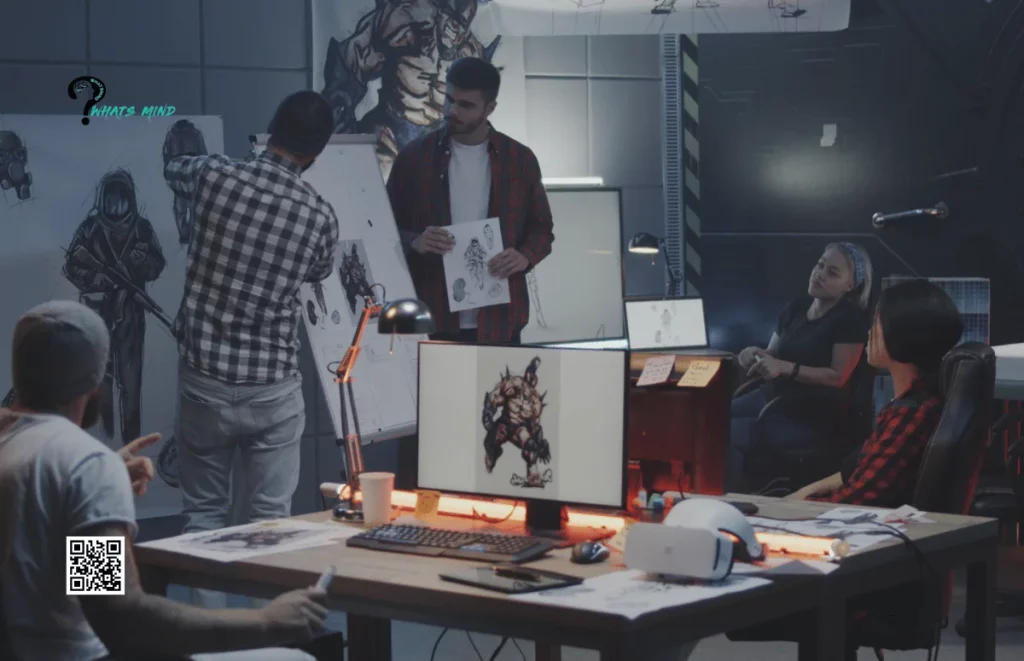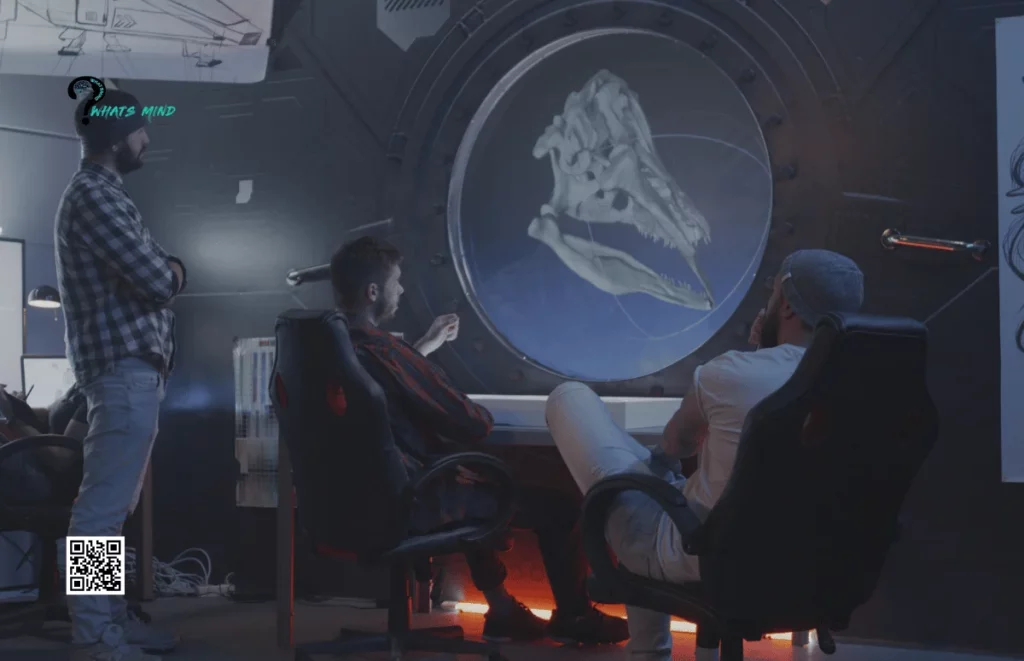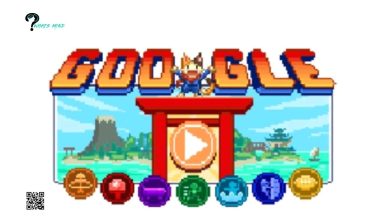How to Develop a Video Game in Eight Steps

Ever thought about turning your passion for gaming into a game loved by millions? It’s doable with the proper education. You can create your own game that’s accessible and enjoyable for everyone.
Having a video game concept is fantastic, but the real challenge lies in navigating the steps to turn that idea into a playable title. If you’re a budding game developer, you’re in luck! We’ve outlined an 8-step process to teach you how to make a video game from scratch. For an extra exciting gaming experience, check out our recommended online casino Australia real money sites, offering you great chances to win big.
Table of Contents
Building a Video Game in 8-Steps
Here, we are going to mention the 8 very easy and useful steps to generate a video game. These are the steps you can take yourself without any confusion.
Decide on a Genre
When selecting a game genre, consider how it aligns with your creative strengths and weaknesses in art, programming, plot, music, and design. Highlight your talents and interests by choosing a genre that resonates with your skills. For example, a shooter or horror direction might be a good fit if you excel in creating complex systems and enjoy strategy games.
Think about your target audience as well. Identify your competitors and understand the wants and needs of your potential players. A puzzle or casual game could be a great choice if you’re aiming for a more relaxed audience. On the other hand, developing a strategy or roguelike game might be the way to go if you want to attract serious gamers seeking a challenge. Tailor your game genre to your strengths and your intended audience’s preferences.
Build Your Concept
An idea summarises your game’s essential features and unique qualities, while a tale weaves through your game, connecting characters, locations, storyline, and theme.
Creating a captivating and immersive game becomes more achievable with a strong idea and narrative. Generating unique pictures is a product of your imagination, but you can also draw inspiration from various sources like literature, film, music, art, or history.
Consider this sequence for developing your idea and plot:
- Brainstorm: When brainstorming, jot down as many ideas as you can without evaluating or selecting any.
- Pitch: Give someone a summary of your game concept in no more than a few phrases. In addition to receiving comments and recommendations from others, this will help you hone your idea.

- Prototyping: Using the fundamentals of your idea and plot, build a rudimentary, playable version of your game. With this, you can put your game concept to the test, see whether it holds water, and fix any issues you find.
Design Your Gameplay and User Interface
Your game’s gameplay is its central mechanic; it dictates the player’s and the game’s reactions to one another. Pictures, sounds, music, symbols, text, and other visual and audio components comprise your game’s user interface.
The gameplay and user interface should be top priorities since they ultimately define your game’s quality and how much fun you and others will have playing it.
Make sure to make your game more accessible and precise; keep it simple. Your lectures, suggestions, remarks, and rewards may guide and motivate your players. The game must be challenging enough to keep people interested and engaged. Stages, objectives, obstacles, adversaries, and riddles are just a few elements to create and adjust your game’s complexity.
Choose a Game Engine and a Programming Language
Picking the right development tools, like a game engine and programming language, is crucial for quick development. You need an engine that handles graphics, physics, audio, input, networking, etc.
To control your game’s logic and behavior, you use instructions for the game engine, and a programming language provides the framework. Unity, Unreal Engine, and Godot are some options.
The choice depends on your preferences, platform, budget, and expertise. Plenty of programming languages and engines cater to 2D and 3D games.
Learn the Basics of Game Development
Making video games is no easy feat. A wealth of information from several domains, like programming, art, design, mathematics, etc., is required for this interdisciplinary process. Do your research on your game engine to learn all you can about its features, tools, and apps to make a video game.
Books, classes, lectures, videos, blogs, and podcasts abound for anyone interested in game development. Locate the official documentation and tutorials for your chosen game engine and programming language after you have made your decision.
Helpful demonstrations of the game engine’s features, together with examples and templates to build from and lessons on the basics and best practices, are what they provide. Joining online clubs and forums is another great way to meet other game makers, learn the average time to make a video game, share your work, and get feedback and assistance.
Create the Assets and the Content for Your Game
Creating game assets and content can be challenging if you lack artistic or design skills. Utilise programs like Photoshop, Illustrator, or Blender.

If creating your content seems daunting, consider these alternatives:
- Access materials from libraries and online marketplaces, whether gratis or purchased.
- Use internet tools and generators to create personalized materials like pixel art, music, sound effects, voxel models, etc.
- Explore online platforms and services for outsourcing asset development and content creation.
Test and Debug Your Game
Testing and debugging are essential for maintaining the performance and quality of your game. Disruptions, errors, bugs, or other glitches can compromise the overall experience. Employing these methods will help you identify and address potential problems, ensuring that your game functions as intended and meets your expectations:
- Playtesting: While playtesting, you should immerse yourself in the game and uncover all ways it may be improved. It is possible to do this using the console and the built-in tools.
- User testing: Get other people to play your game and then capture their feedback. Collect user information through the use of questionnaires and surveys.
- Beta testing: When you release a beta version of your game to a small group of testers or the public, you can see how many people are interested and hear their thoughts on the game’s mechanics, balance, and quality.
Publish and Market Your Game
It takes more than just making a video game to make it a hit; promotion is vital. You should hire a professional to help you launch your marketing campaign if you do not already have a solid grasp of the subject. However, marketing your game may be financially tasking, so you should consider the average cost to make a video game before launching it.
A few options exist for streamlining the purchasing process:
- Provide a digital download of your game by setting up an online store.
- You should publish your game in physical form and sell it at different stores.
- To promote your mobile game, sign up for an account on the App Store for iOS devices and the Google Play Store for Android devices.
Conclusion
Although it is not a simple endeavor, with the correct mindset and some solid advice, creating a video game from scratch can be achieved by any developer. Everything you need to know, from coming up with ideas to sharing your final match, is covered in this article.
How about realizing all your gaming fantasies? The procedures above offer the easiest way to make a video game and share the enchantment and magic of your title with the world!
You may like rto read about the following:
- US Gaming Clubs Laws You Should Know In 2024
- How Low Deposit Gaming Clubs Benefit Players in 2024?
- Embedded Systems Development With C: Applications, Challenges, and Solutions
For more information, visit Whatsmind.com




